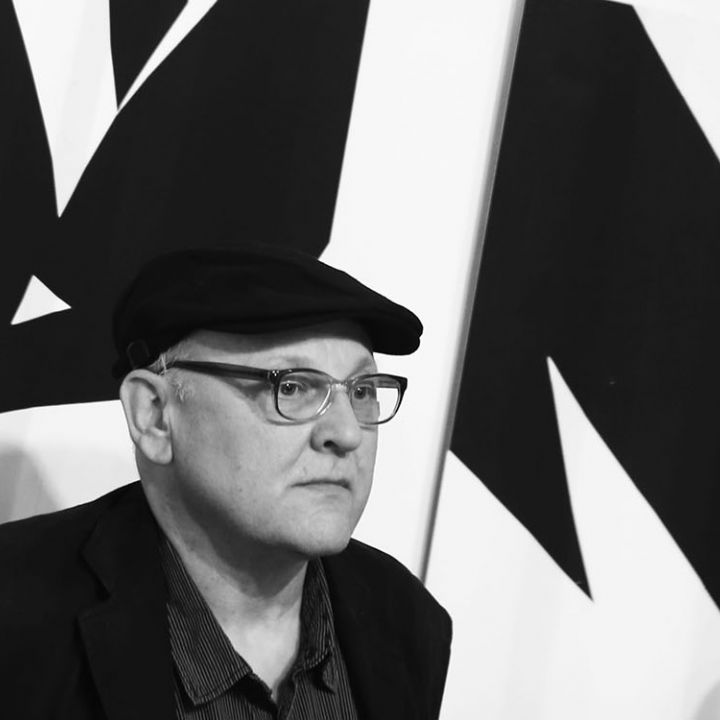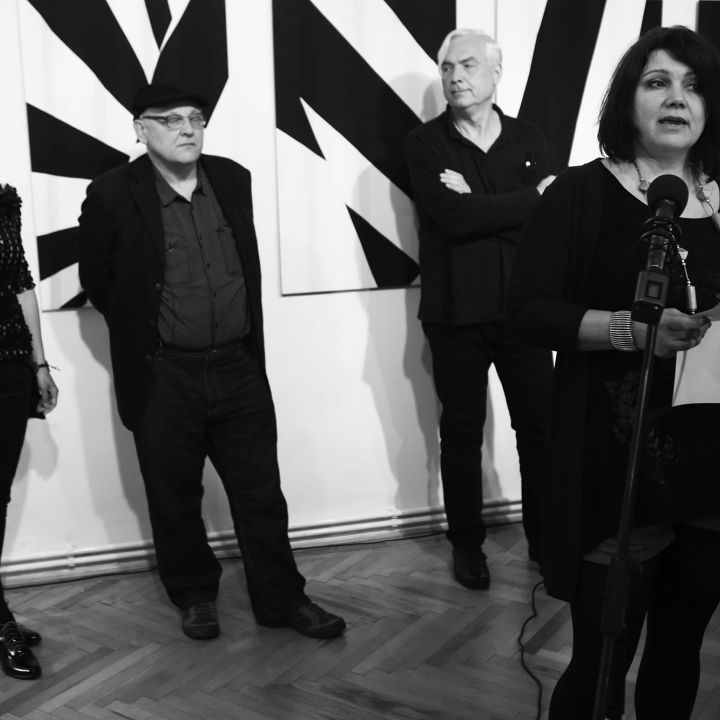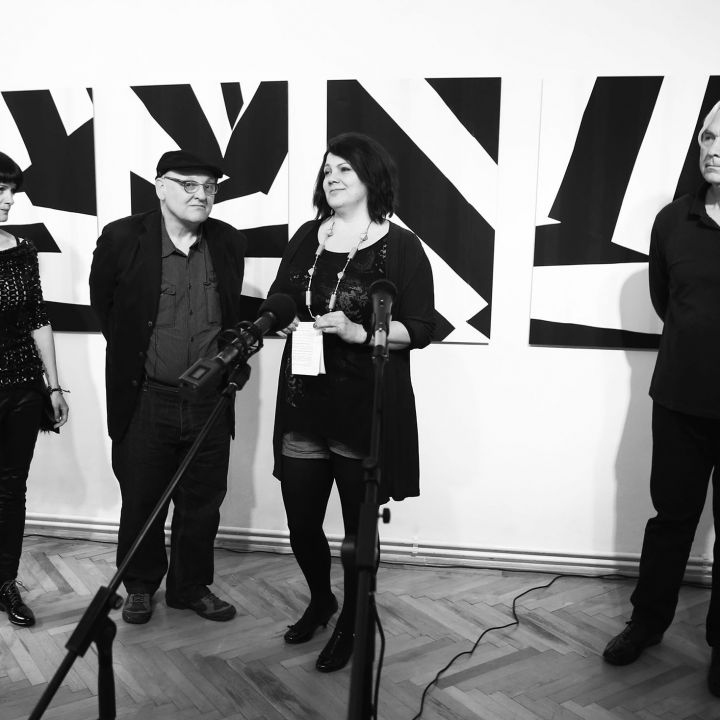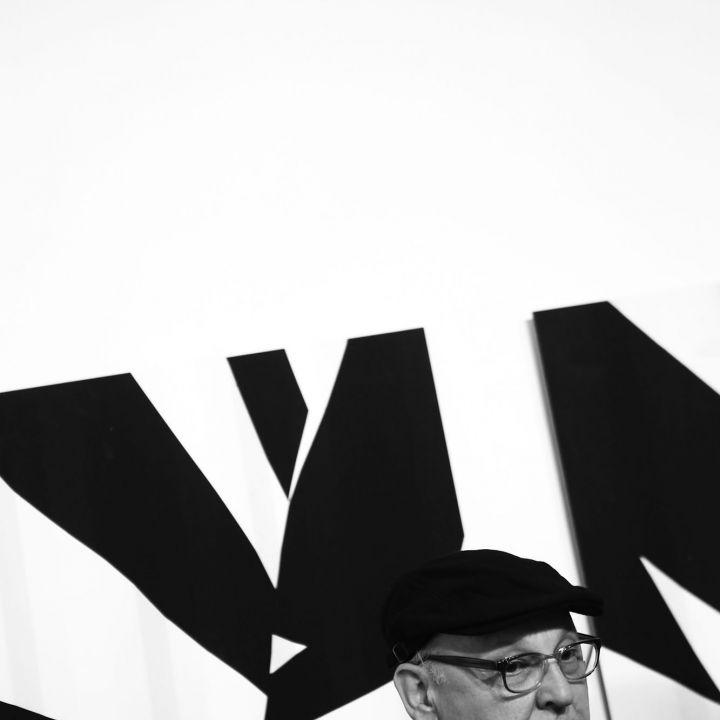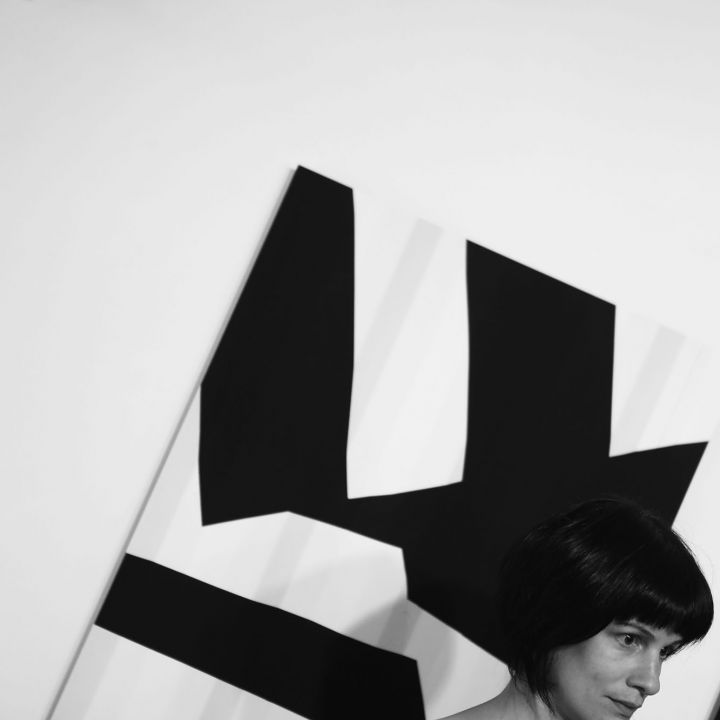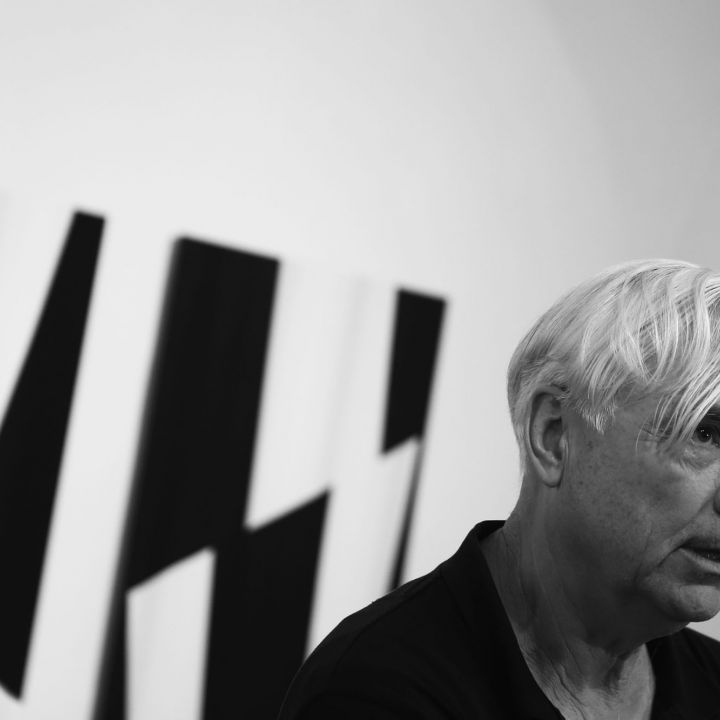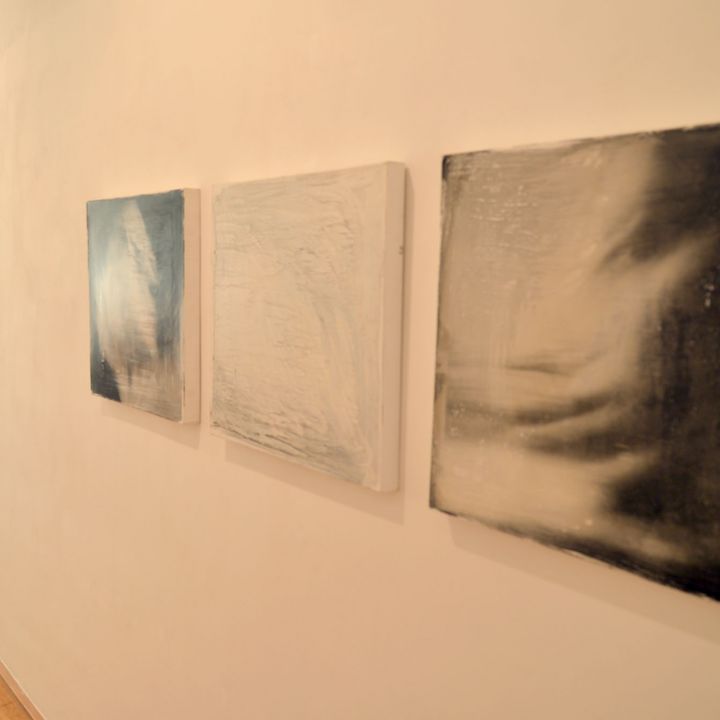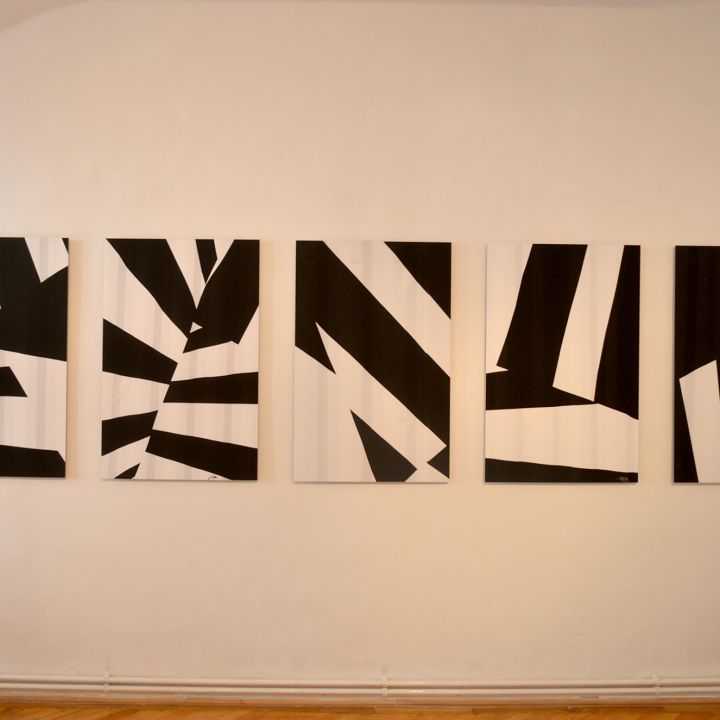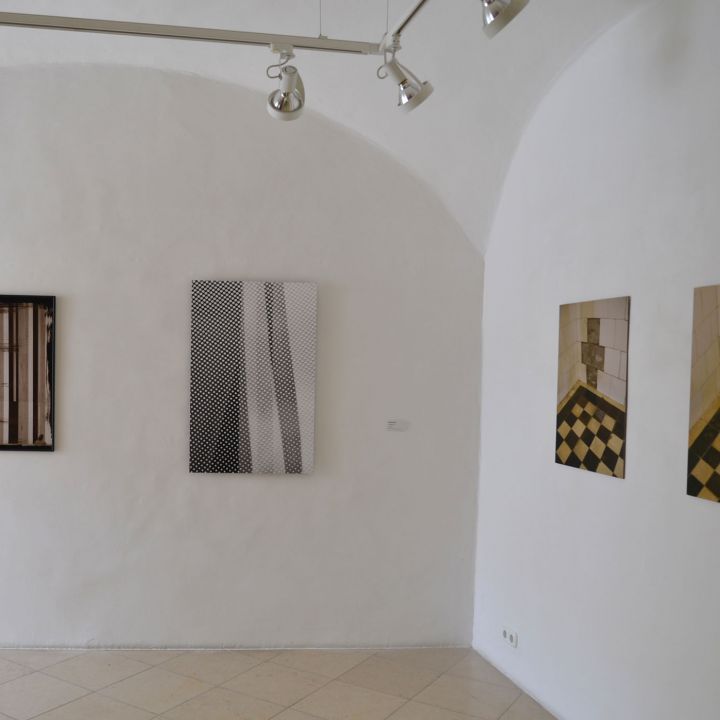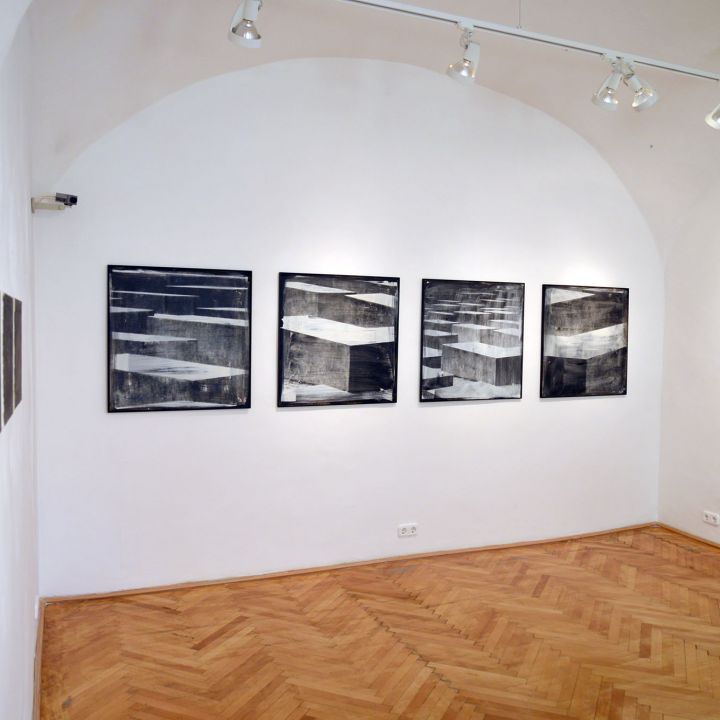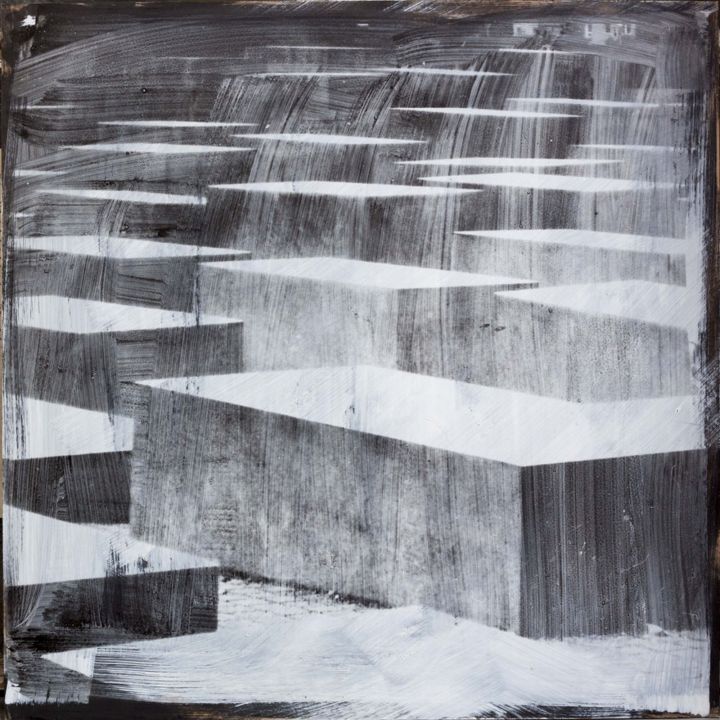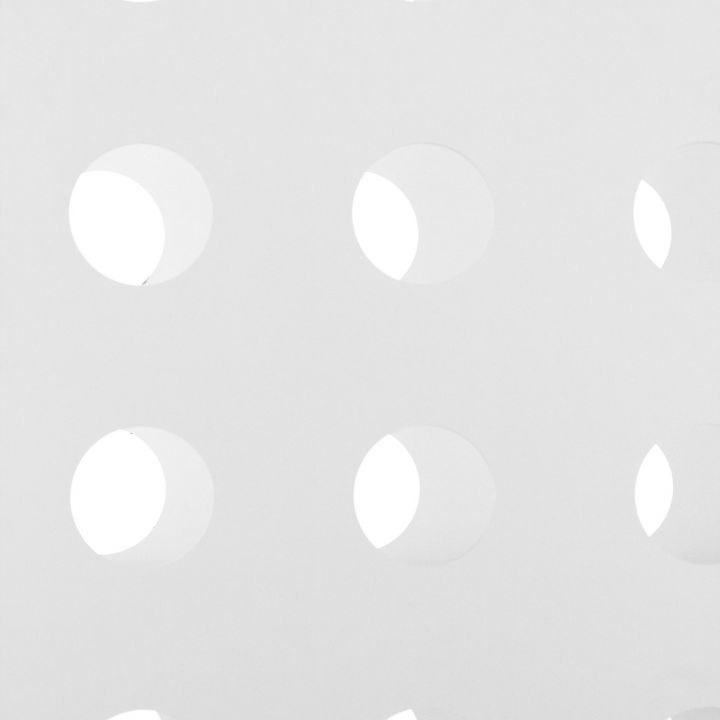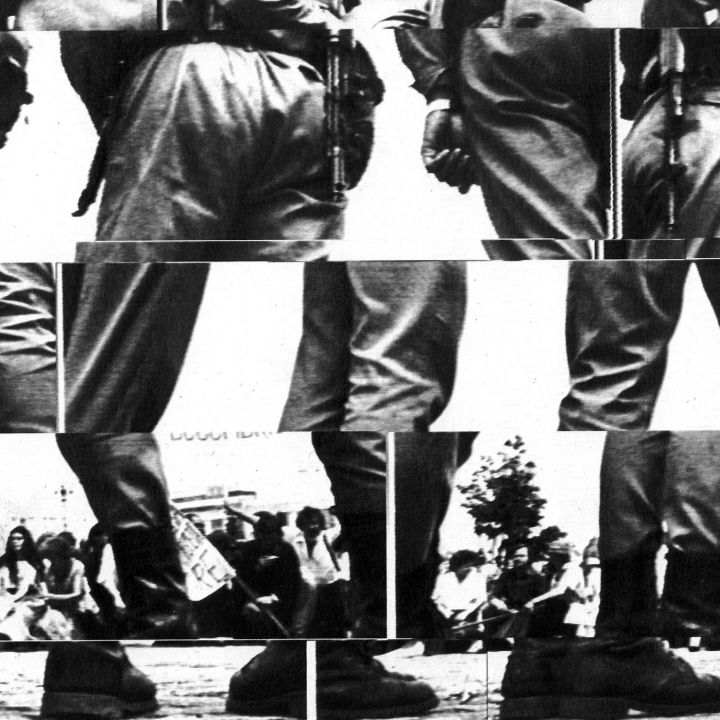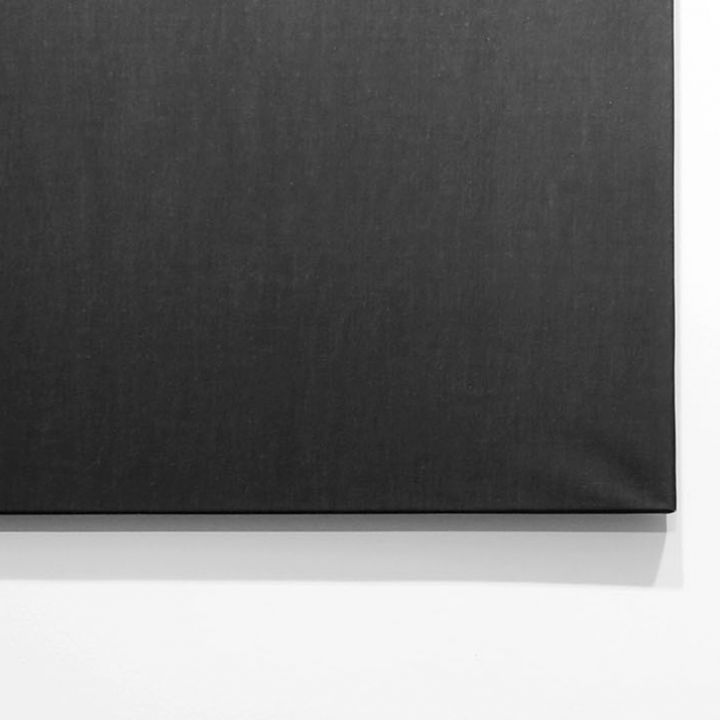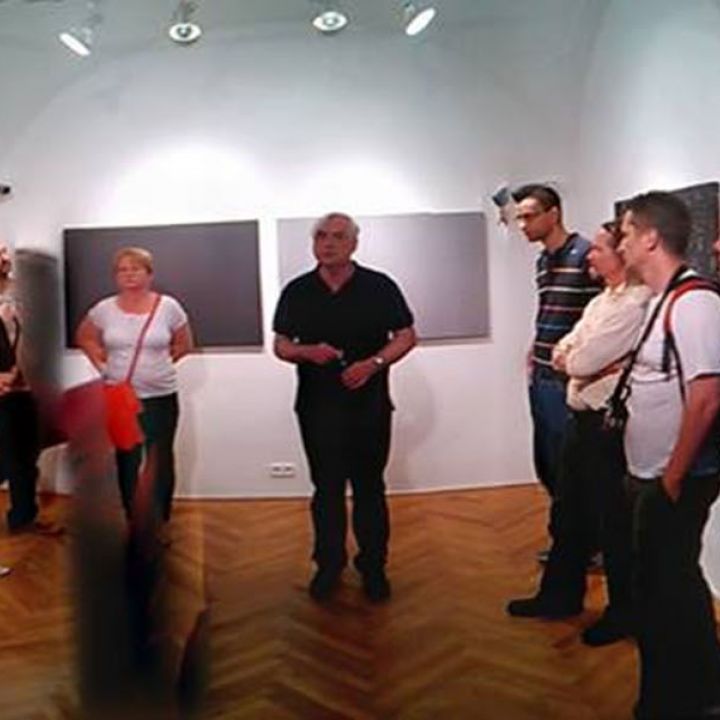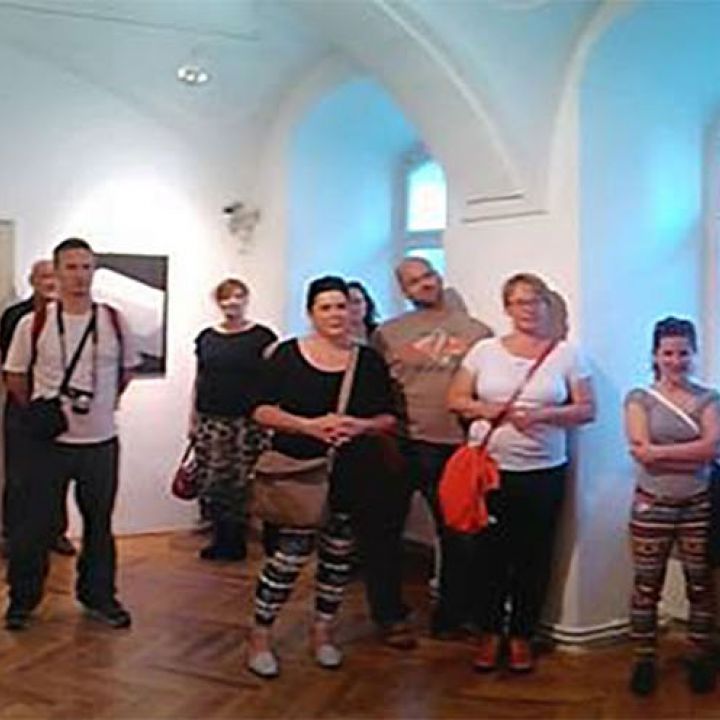The concept of the Photosuprematists exhibition was inspired by an important event in art history: the centenary of the birth of Suprematism. Although the first manifesto of Suprematism was published in 1915, Kazimir Malevich had created his first series of paintings with an abstract subject matter two years earlier. Art historians therefore consider 1913 to be the birth year of this epochal and influential movement.
In terms of the concept of the exhibition suprematism is important primarily for its detachment from the material world and its sensitivity, rather than for its sign language based on geometric forms. Bálint Szombathy, the curator of the exhibition has addressed kindred spirits among contemporary Hungarian photographers whose work he has followed for a long time and whose sensitivities have made him feel close to their way of thinking. The Malevichian idea of pure sensibility is strongly present in all three authors, but there are differences in the photographic language used. But it is precisely the differences between these degrees that best illustrate the timelessness of the mythical human aspiration to reach for the ethereal heights of the divine spheres. The works in the exhibition, however, do not relate to the suprematist tradition as a programmatic model, that is, they do not seek to illustrate Malevich's doctrine. A suprematist attitude is inherent in the works, the result of a long process of self-development.
Károly Szert Minyó is probably the only artist and freelance photographer in the world who combines manual painting and photography with mechanical means. The artist traditionally prepares the canvas with paint, then after it has dried coats it with a light-sensitive emulsion, then covers it with a flat film negative and transparencies it. In his spectacular performances he uses the lamp of a bicycle that has been in use for 70 years to illuminate the flat film on the previously photographed canvas, then uses a sponge to apply a developing fluid to the surface.
Anikó Robitz's unadulterated suprematist photographs give a whole new meaning to building photography and sightseeing. When looking at her work, very few people probably think that the photographer captures the exquisite idols of architecture while travelling the megapolises of the world.
The photographic works of multimedia artist Bálint Szombathy completely disregard the camera, as they consist of flawed images created by a telecommunication device once used, the telephoto (image telegraph). From the artist's point of view, however, the fragmented image surfaces or grey and black squares reflect a pure sensitivity.

